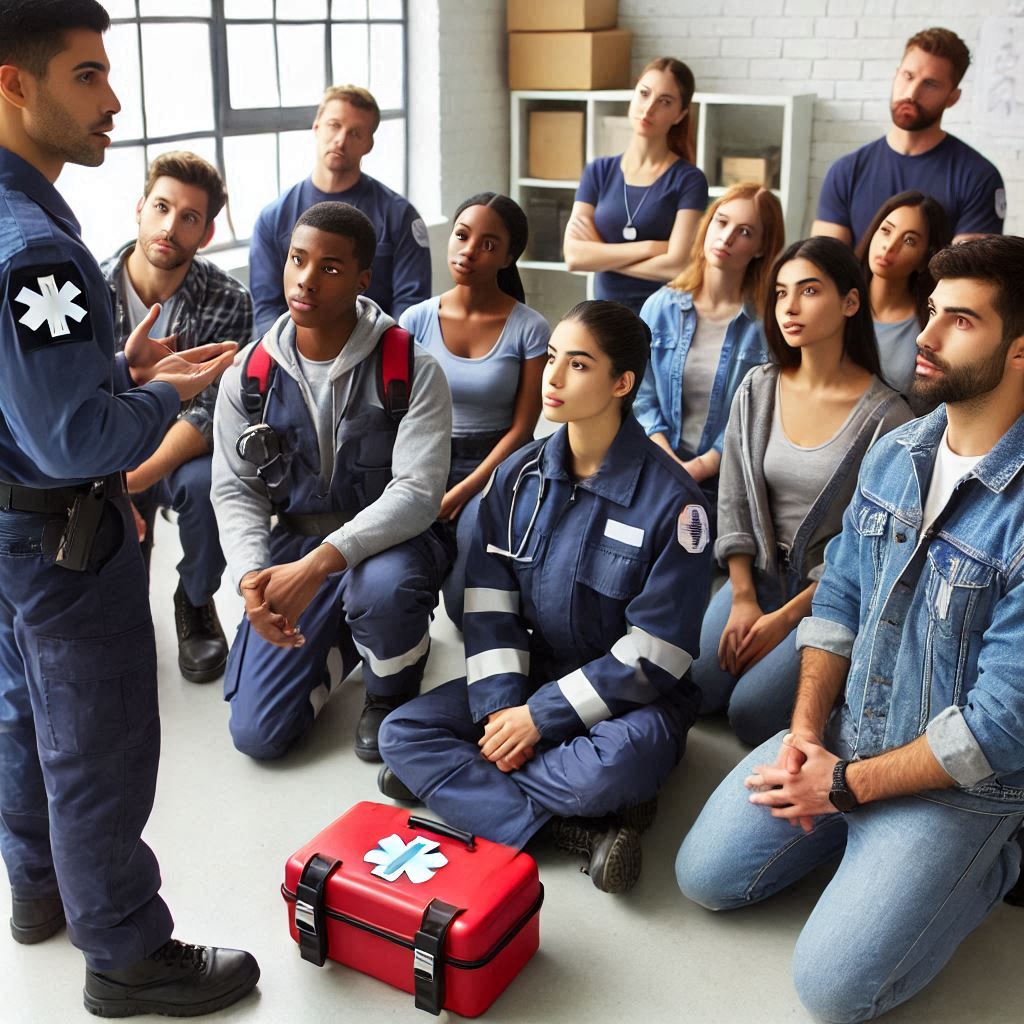The Role of Public Education in Fostering Healthier Responses to Incidents

When a critical incident strikes—whether it’s a natural disaster, a public health crisis, or a community emergency—how people respond can make all the difference. Some might panic, while others might act decisively and help those around them. What separates these reactions? More often than not, it boils down to preparation, and that’s where public education steps in teaching critical incident response. Teaching people how to respond effectively in stressful situations can save lives, reduce injuries, and even minimize long-term mental health impacts.
But public education is about more than just handing out pamphlets or holding the occasional workshop. It’s about empowering communities with the knowledge and skills they need to stay safe, make informed decisions, and look out for each other. Let’s explore why public education is such a vital tool in fostering healthier responses to incidents and how it can make a real difference.
Public education programs can teach these basics to everyone, not just healthcare professionals or first responders. From fire safety drills in schools to community workshops on how to administer naloxone during an opioid overdose, these efforts ensure that more people know what to do in an emergency. And when more people are equipped to act, the chances of a positive outcome increase dramatically.
Reducing Panic and Building Confidence
One of the biggest obstacles to effective incident response is panic. In the heat of the moment, it’s easy to feel overwhelmed, especially if you don’t know what’s happening or what you’re supposed to do. Public education can combat this by giving people a sense of control.
Take natural disasters, for example. If a community has been educated about what to do during an earthquake—drop, cover, and hold on—they’re less likely to make impulsive decisions that could put them in greater danger. Knowledge builds confidence, and confidence reduces panic. By focusing on clear, actionable steps, public education equips people to handle emergencies with a calmer, more collected mindset.
Promoting Healthier Behavioral Responses
Public education doesn’t just help in the immediate aftermath of an incident—it also shapes long-term behaviors. For instance, campaigns that teach people about the dangers of driving through floodwaters (“Turn Around, Don’t Drown”) or the importance of vaccination during a disease outbreak can prevent crises before they escalate. These messages encourage healthier choices that protect not only individuals but also their communities.
Consider the COVID-19 pandemic. Early on, public health campaigns emphasized the importance of wearing masks, washing hands, and social distancing. While compliance varied, these educational efforts undoubtedly helped slow the spread of the virus and saved lives. The same principle applies to other incidents: when people understand the risks and know how to mitigate them, they’re more likely to make choices that benefit everyone.
Reaching Diverse Audiences
One of the challenges of public education is ensuring that the message reaches everyone, not just a select few. Communities are diverse, and so are their needs. Some people might prefer attending a hands-on workshop, while others might learn best from a video or infographic.
Language barriers, cultural differences, and varying levels of access to technology can also affect how people receive and act on information.
To address this, public education programs need to be inclusive and adaptable. For example, creating multilingual resources ensures that non-native speakers can understand emergency procedures. Partnering with local leaders and organizations can help tailor messages to specific cultural contexts. And using social media or text alerts can reach people who might not attend in-person events. The more accessible the information, the greater its impact.
Encouraging Community Involvement
Another key aspect of public education is fostering a sense of community. When people feel connected to those around them, they’re more likely to look out for each other during a crisis. Programs like Community Emergency Response Team (CERT) training encourage neighbors to work together to prepare for and respond to incidents. This not only strengthens individual skills but also builds trust and collaboration within the community.
Public education can also inspire people to take on leadership roles. For example, someone who learns about fire safety might become the go-to person in their apartment building during an evacuation. Another person who understands mental health first aid could support friends or coworkers after a traumatic event. These ripple effects amplify the benefits of education, creating communities that are more resilient as a whole.
Technology is only part of the solution. While it’s a powerful tool for reaching large audiences, it needs to be combined with in-person training and community engagement to be truly effective. A mix of approaches ensures that everyone, regardless of their access to technology, can benefit from public education efforts.




